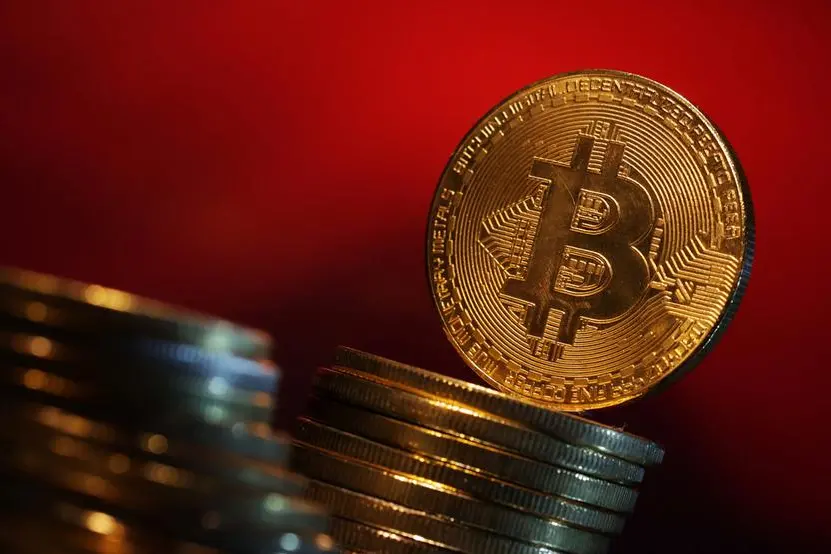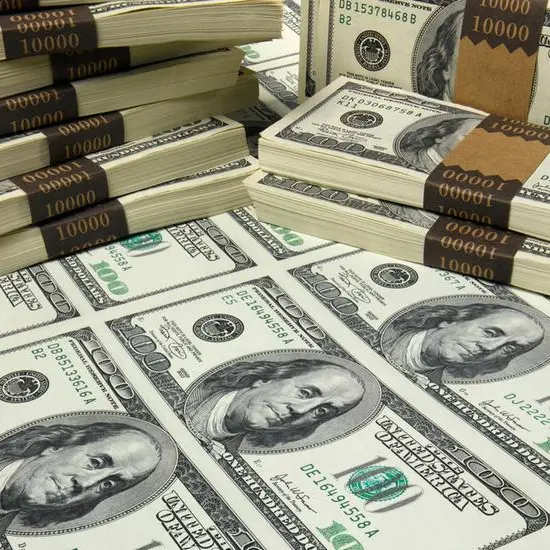PHOTO
LONDON - Bitcoin rose 5% on Friday to one-month highs, powered by what analysts said was a flurry of buying ahead of April's halving event and as recent outflows from exchange-traded funds slowed.
The price rose to a session peak of $47,705, the most since January, after the first U.S. listed spot bitcoin exchange traded products received regulatory approval.
The world's largest cryptocurrency was last up 3.5% at $46,946, set for a rise of 10% this week, its most in a week since October. Ether was up 2.5% at $2,486.
Bitcoin hit a two-year high just above $49,000 in January, but has since trended lower, under pressure from a "sell the news" wave of profit-taking after the Securities and Exchange Commission finally approved the ETFs.
The drop in bitcoin went against the grain of other financial markets in recent weeks, as stocks, bonds and gold all rallied on the back of an expectation for global central banks to switch to cutting interest rates this spring.
Policymakers have since pushed back against this and economic data has not supported the view that rates should fall any time soon, but risk assets like stocks have risen, with bitcoin resuming its march higher.
Friday's jump in price was said to be a function of a slowing in recent ETF outflows and a burst of buying ahead of April's halving, analysts said.
"With bitcoin back up to $46,000 this morning, traders are clearly gearing up for the hotly anticipated halving event due in roughly two months," Scope Markets' chief markets analyst Joshua Mahony said.
The next halving is expected in April, a process designed to slow the release of bitcoin, whose supply is capped at 21 million - of which 19 million have already been mined - by cutting the reward for producing the tokens in half.
"Should historical trends continue to hold, traders will be hoping to see a bumper 2024 given the previous pattern of post-halving outperformance," Mahony said.
Bitcoin prices have typically rallied following halvings. Six months after the first halving in 2012, the price jumped to $126 from $12. After the second halving in 2016, it went to $1,000 from $654 within seven months and in 2020 it shot up to $18,040 from $8,570 in the same time period.
Furthermore, according to Markus Thielen, founder of digital asset research firm 10x Research, bitcoin also tends to perform during U.S. election years, coinciding with halving cycles in 2012, 2016 and 2020.
QCP Capital said in a note on Thursday that some ETF outflows had eased, in particular from the Grayscale Bitcoin ETF , the largest by assets, which supports spot crypto prices.
"Total inflows across all BTC ETFs are now positive," QCP said.
When the SEC approved the listing of ETFs in January, Grayscale, whose existing bitcoin trust was converted to an ETF at the time, bled $2.7 billion in outflows the first week after, as early investors rushed to book profits, according to LSEG Lipper data.
The outflows slowed in the subsequent week to $1.5 billion, and had slowed to $701 million in the week ended Feb. 7.
Scope Markets' Mahony noted the recent rise in the dollar has acted as a drag on crypto of late, but the effect was likely to wane.
(Additional reporting by Medha Singh in Bangalore; Editing by Harry Robertson and Alison Williams)























